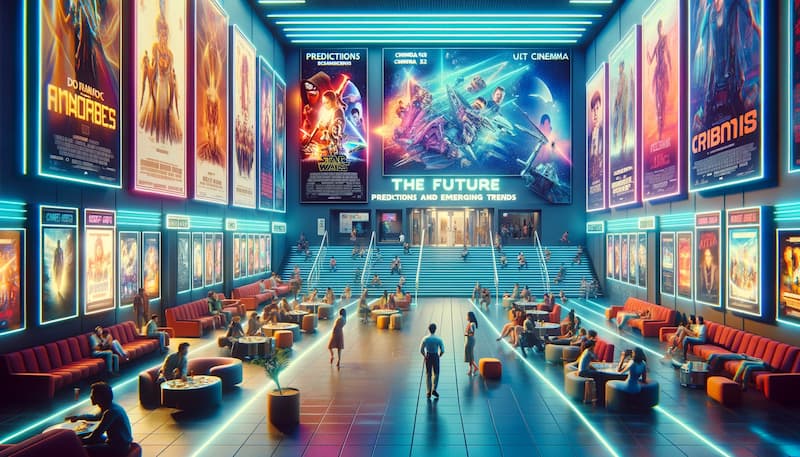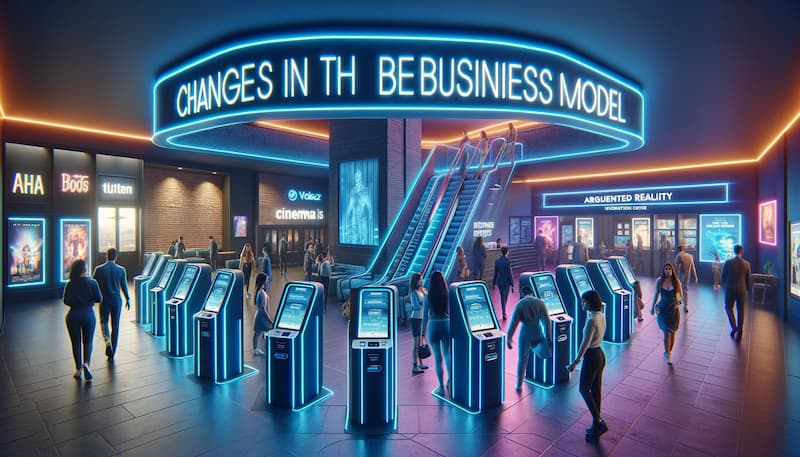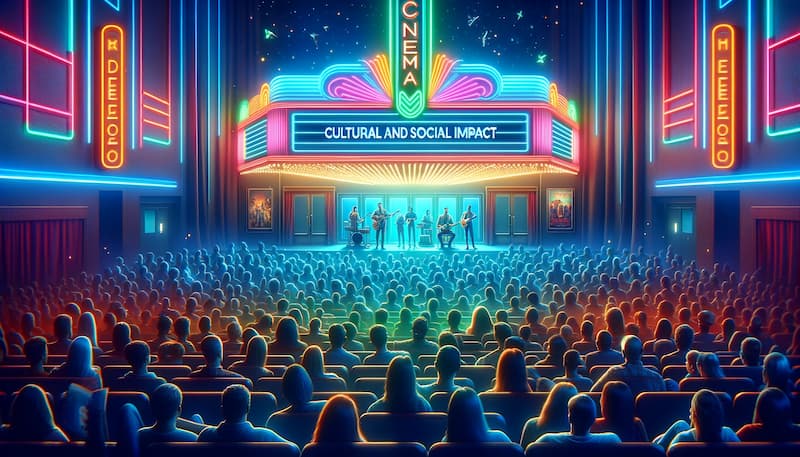
In recent years, the film industry has undergone an unprecedented evolution, driven by technological advancements, shifts in consumption habits, and a constant need for innovation. As we move into 2024, these trends continue to shape the future of cinema, promising to transform how viewers experience movies and how creators produce them. This article explores the predictions and emerging trends expected to influence cinema in the coming years, with a particular focus on implications for audiences in the United States and South America.
Cinema has always been at the forefront of technological innovation, and as we delve into 2024, several emerging technological trends promise to revolutionize the industry in previously unimaginable ways. These technologies are not only redefining how movies are made and shown but also how we experience them as viewers.

Augmented Reality (AR) and Virtual Reality (VR) are opening new horizons for cinematic storytelling. While VR completely immerses viewers in a virtual environment, allowing them to experience stories in a fully immersive way, AR adds virtual elements to the real world, enriching the visual experience without completely disconnecting the user from their surroundings.
Imagine watching a movie where you not only observe events from a third-person perspective but can also explore the movie’s world at your own pace, interacting with plot elements or even changing the course of the narrative. This interactivity promises a fusion of cinema, video games, and personalized experiences, offering unprecedented immersion that could redefine cinema as we know it.
The quality and accessibility of streaming technologies are transforming “home cinema” into an experience that rivals, and sometimes surpasses, that of traditional movie theaters. Continuous improvements in internet speeds and video compression algorithms allow streaming services to offer content in ultra-high resolutions without significant delays.
Furthermore, home projection and sound technologies have advanced to the point where cinema enthusiasts can enjoy cinematic quality audiovisual experiences without leaving home. This not only democratizes access to quality cinema but also raises questions about the future of traditional movie theaters and how they can innovate to continue attracting audiences.
The quest for visual and auditory perfection continues to be a driving force in the film industry. HDR (High Dynamic Range) technology significantly improves image quality, offering more vivid colors, deeper blacks, and greater contrast that transform the visual experience. Meanwhile, resolutions like 4K and 8K promise ultra-high-definition images that capture every detail with crystal clarity.
On the auditory front, sound systems like Dolby Atmos and DTS:X are taking cinematic audio to new heights with 3D surround sound. These technologies allow for precise sound placement in space, creating an auditory experience that can make the viewer feel as if they are in the middle of the action, whether it’s the roar of a storm or the whisper of leaves moving.

Despite these exciting innovations, integrating advanced technologies into cinema also presents challenges. The technological gap between different regions and the cost of implementing some of these technologies can limit their accessibility. Moreover, the film industry must balance the adoption of new technologies with the preservation of the traditional cinematic experience that many viewers still value.
Nonetheless, the opportunities these technologies present for enriching cinematic storytelling and expanding the ways we interact with cinema are immense. By addressing these challenges, the industry can ensure that cinema remains a vibrant and relevant art form in the digital age.
Technological trends in cinema are heralding a new era of innovation and experience. From total immersion with AR and VR to the comfort and quality of home cinema, we are witnessing a transformation in how movies are produced, distributed, and experienced. As these technologies continue to evolve, so do the infinite possibilities for storytelling and connecting with audiences around the world, ensuring that the future of cinema is as exciting as its rich past.

The future of cinema is shaping up to be an era of innovation and transformation. Emerging trends in technology, business models, and cultural changes promise to enrich the cinematic experience, making it more immersive, personal, and global. As we navigate these changes, the industry must remain agile, adopting new technologies and responding to the changing expectations of audiences. For companies like CMRA Consulting Services, this represents a unique opportunity to lead the forefront of innovation in the film industry, ensuring that both creators and viewers continue to enjoy the magic of cinema in this new era.




